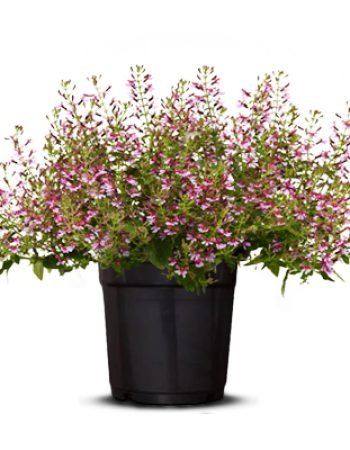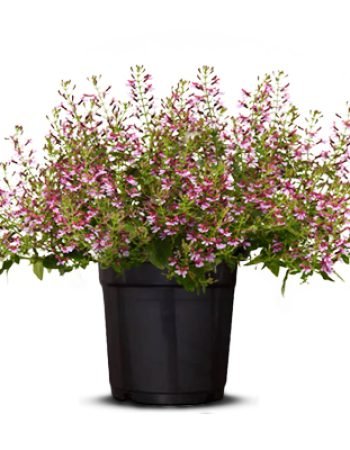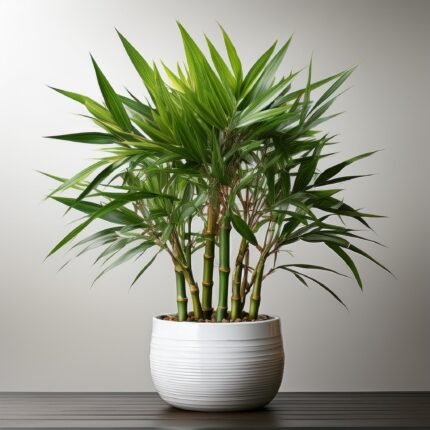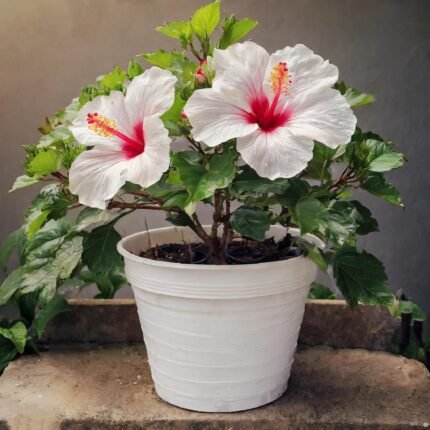Product Description:
This member of the Crassulaceae family is also called Sedum rupestre, Rocky Stonecrop or simply Stonecrop. This is a reference to the fact that all types of sedum tend to grow naturally in stony, rocky settings. This stonecrop bears fleshy, needle-like, yellow-green leaves with an orange tint at the tip. It also grows a cluster of starry, yellow flowers during summers that serve as a stunning accent against its lemony green foliage.
Light:
Grow ‘Angelina’ stonecrop in full sun if possible, though it will tolerate some shade. Its golden foliage will show the best color if grown in full sun.
Soil:
This plant prefers a well-draining soil with a neutral pH. It does well in sandy and gravelly soils that aren’t very fertile.
Water:
Angelina’ needs regular watering after you first plant it. Heavy clay soil or other waterlogged sites can kill the plant.
Fertilizer:
Stonecrop plants generally prefer lean soil, so fertilizer is not necessary for this plant.
Temperature and Humidity:
Suitable for USDA zones 5a to 9a, ‘Angelina’ stonecrop is somewhat tolerant to cold weather during the growing season. It can handle temperatures several degrees below freezing and still bounce back just fine. It also tolerates high heat and humidity well with good soil drainage.
Pruning:
Using hand pruners, trim off any overgrown stems. Also, remove any dead or diseased material. Pruning typically can be done at any time of year without harming the plant.
Propagating Angelina:
- You will need sterilized pruning snips or scissors, a pot, and a well-draining potting mix.
- Snip off a piece of a healthy two-to-five-inch stem. Remove any leaves from nodes below the soil line.
- Place the plant in indirect light while waiting for it to root.
- Keep the soil moist while you’re waiting for the roots to take hold. It can take about two to three weeks.
- To check if the stem has rooted, gently tug on the stem. You should feel some resistance when pulling to indicate it has rooted. If your cutting has rooted, remove the plastic cover and transplant it to a larger pot or outdoors.













